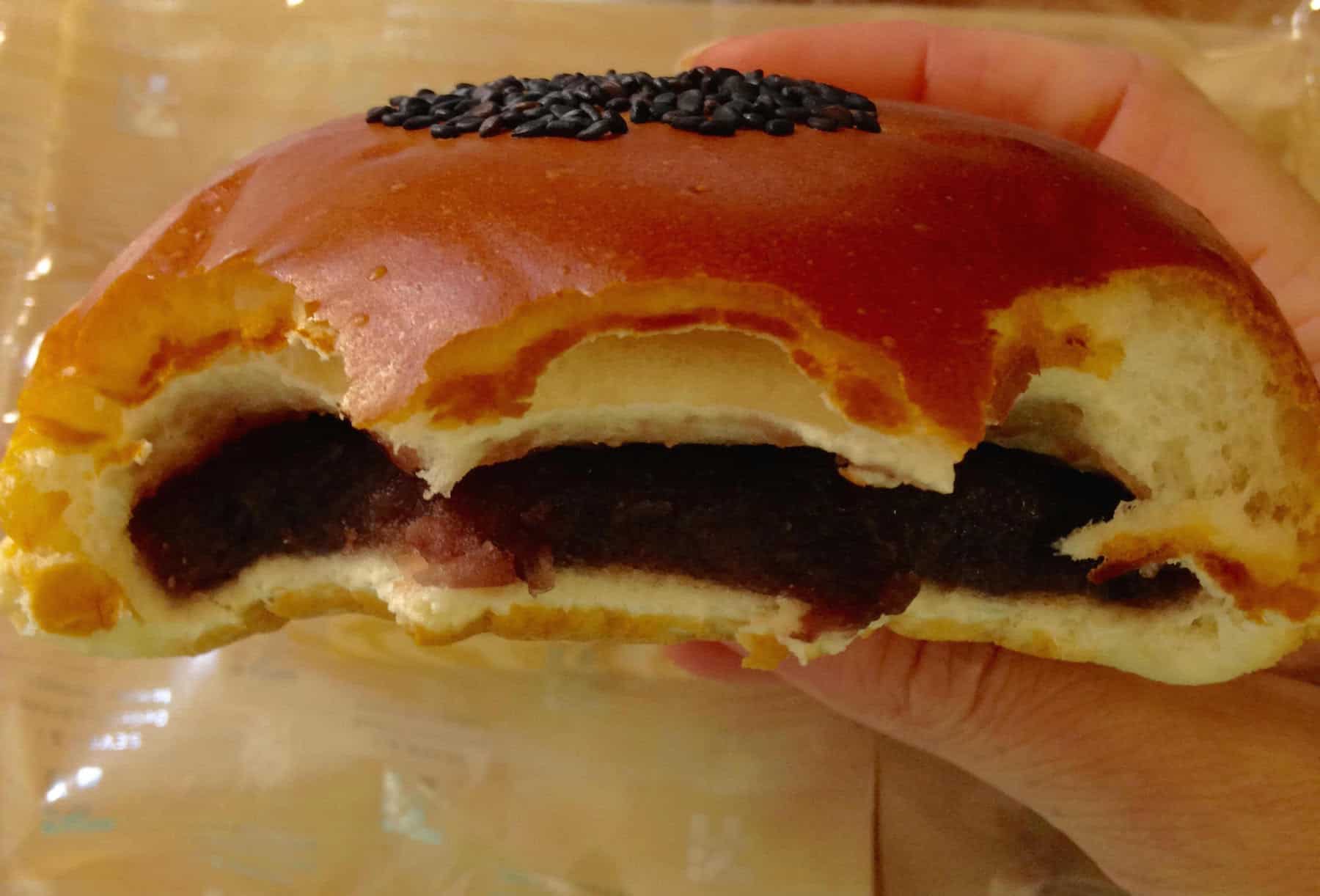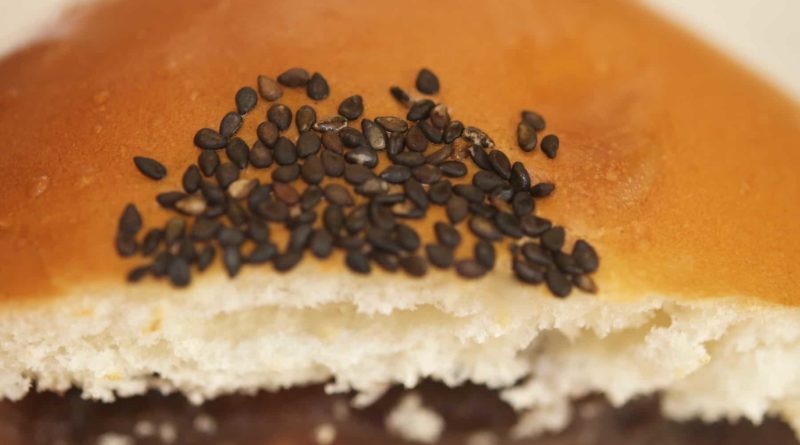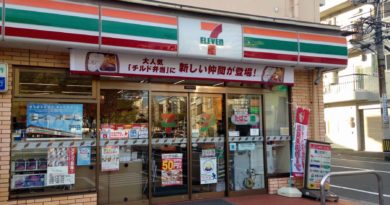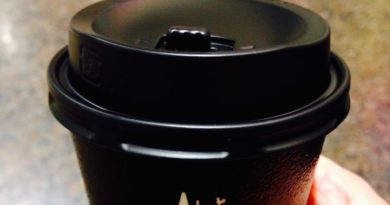King of Kings or Queen of Queens: Anpan
This week I promised to write about anpan [あんパン], and I have delivered.
Known as the KING, or perhaps QUEEN of kashipan [菓子パン] and loved by young and old, this delicious bread roll filled with sweet red bean paste known as an (餡) or anko [餡こ], is perhaps the number one sweet bread that can be found at konbini [コンビニ].
The history of the anpan dates back to 1875 when a man by the name of Yasube Kimura, a former samurai, decided to become a baker after losing his job. He wanted to create bread that was more suited to Japanese tastes and used Western techniques to create the anpan. He was also responsible for founding the famous Kimuraya bakery in Ginza, which is still in operation today.
Now no discussion concerning anpan would be complete without mentioning the two main kinds: tsubu [つぶ] and koshian [漉し餡]. Tsubu-anpan consists of the skins of the adzuki beans being included in the paste, while with koshi-an, the skins are removed so as to create a smooth paste.

Everyone has their favourite and it is always a hot topic for debate, equivalent to that between those who like crunchy peanut butter and those who prefer smooth. Personally, I like tsubu because I like the texture. I’m not a fan though of the anpan that contain whole beans. I just don’t feel like they can be considered ‘proper’ anpan.
I always eat mine with coffee, but some people I know, believe tea is best. Like everything, it comes down to personal preference. As the paste is so sweet, I feel that black coffee compliments the taste perfectly, but I guess the same could be said about bitter green tea such as matcha (抹茶).
The idea of sweet beans can sometimes be a little strange for us foreigners. This is only because we’re used to seeing them and indeed using them, to cook savory foods such as chilli beans and the vegetarian (and many meat eaters) favourite, hummus. Many of us though, are immediate converts and embark on a life-long journey to A. recruit other foreigners and B. eat as many anpan as humanly possible.
I can’t remember the first anpan I actually ate, but I do know that I developed a slight obsession where I found myself scouting (read HUNTING, like a wild animal) every bakery and konbini for the perfect one. Let me just say, this wasn’t only in Japan, this was WORLDWIDE! No anpan was safe from the mouth of Crispy!
And so it was that I finally found it.
Yes, the NUMBER 1 anpan can be found at 7-Eleven.
For this column though, I also tried Lawson’s, Family Mart and Sunkus. Family Mart was second, with Lawson and Sunkus in third and fourth places respectively.
The 7-Eleven one is superior in every way. It’s glazed on top and deliciously smooth and shiny, almost to the point where you can see your face like a reflection in the mirror. It’s also offset by slightly salty, black sesame seeds sprinkled in a lovely circle design on top which pairs perfectly with 7-Eleven’s bitter coffee. おいしい!
Not all anpan use black sesame seeds. Some prefer to use smaller white sesame seeds and you can also buy other brands that use poppy seeds.
Anpan, for me, is without a doubt my favourite product at konbini. In fact, it’s the first thing I think of when someone mentions the word, ‘konbini.’ I think that anpan is one of the quintessential foods in Japan and a stroke of genius on the part of Mr. Yasube. Thanks to him and Japan’s love affair with a Western idea such as bread, he was able to utilise an or anko to create a product that is now slowly spreading all over the world. And for that, Mr. Yasube, ありがとう!





